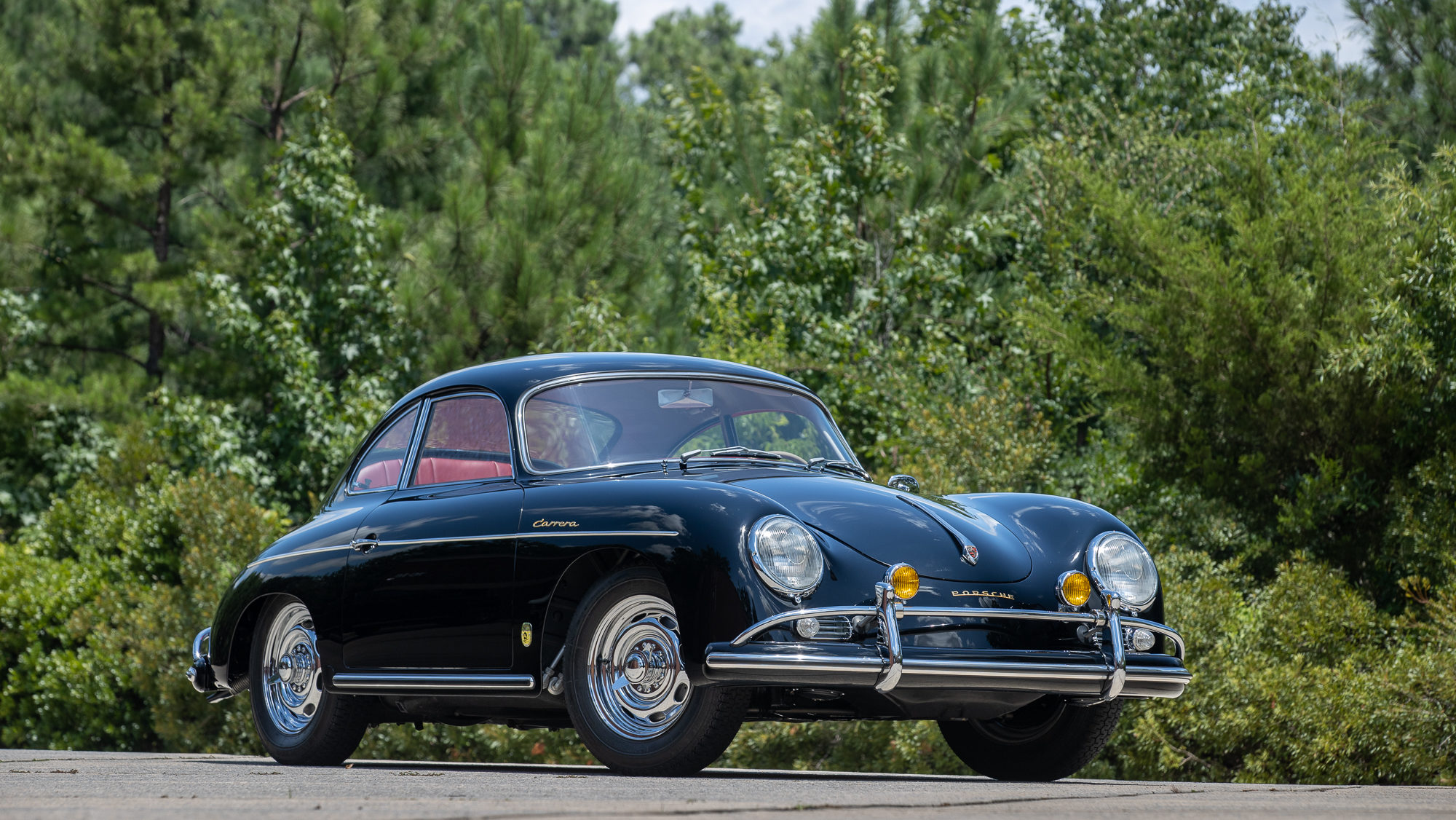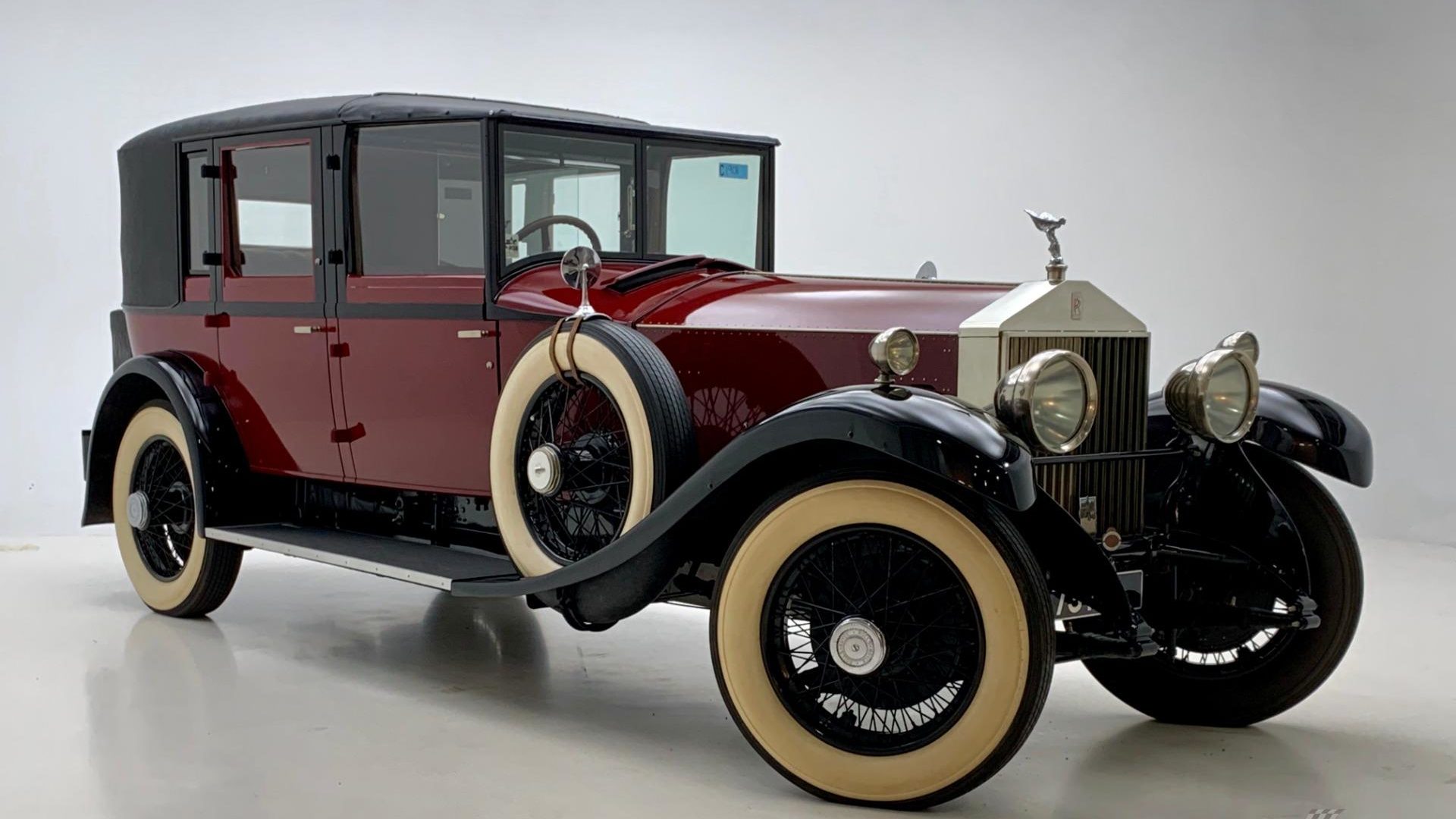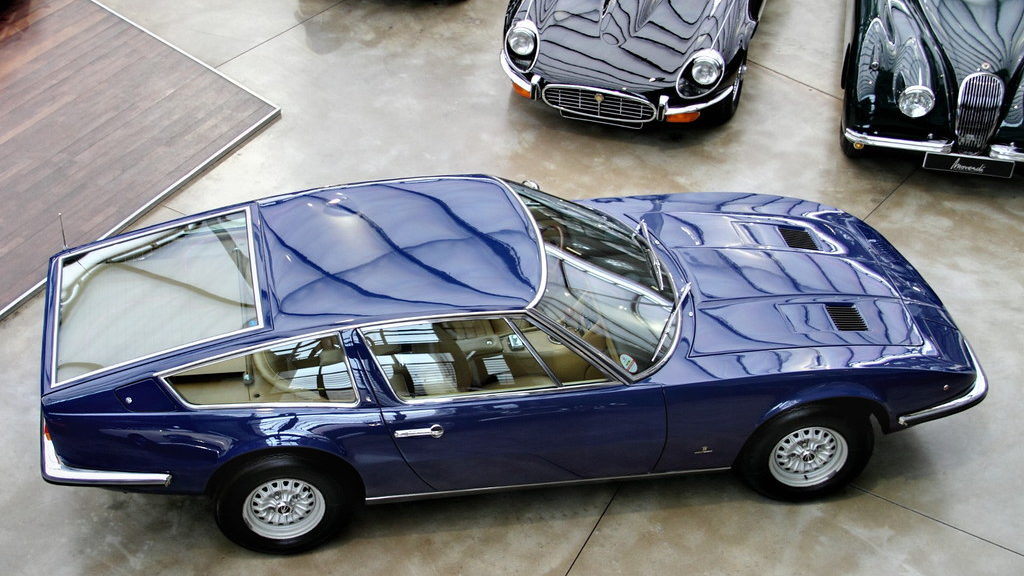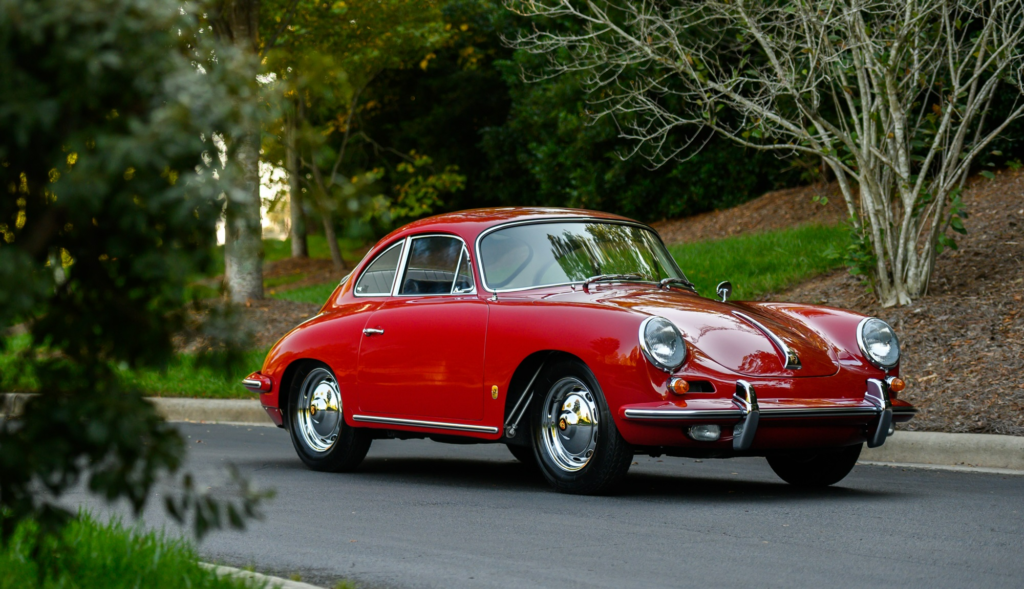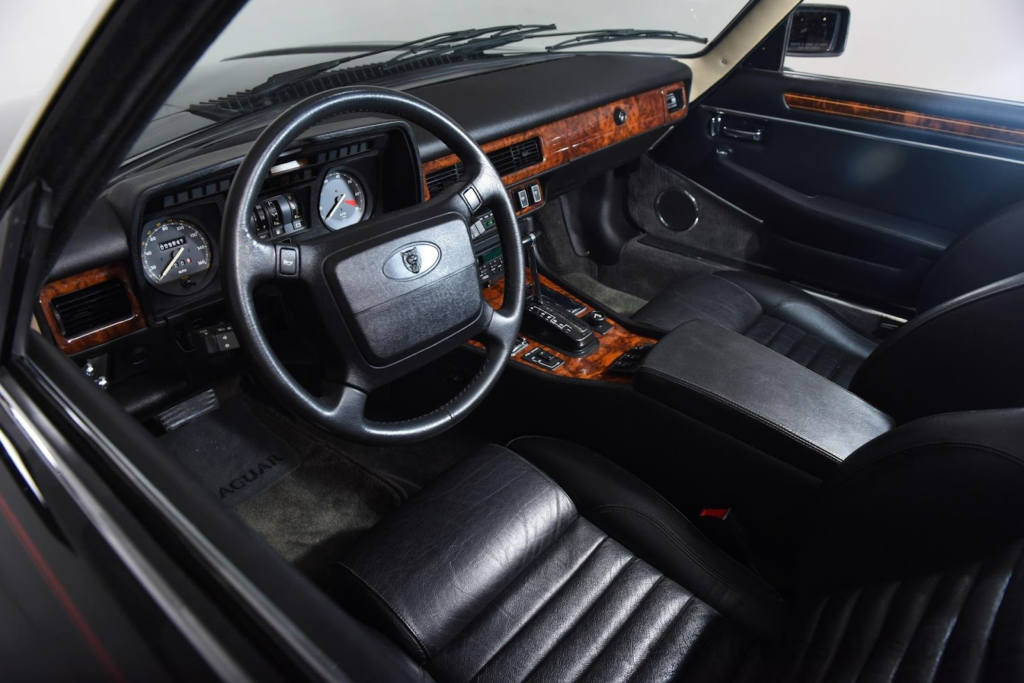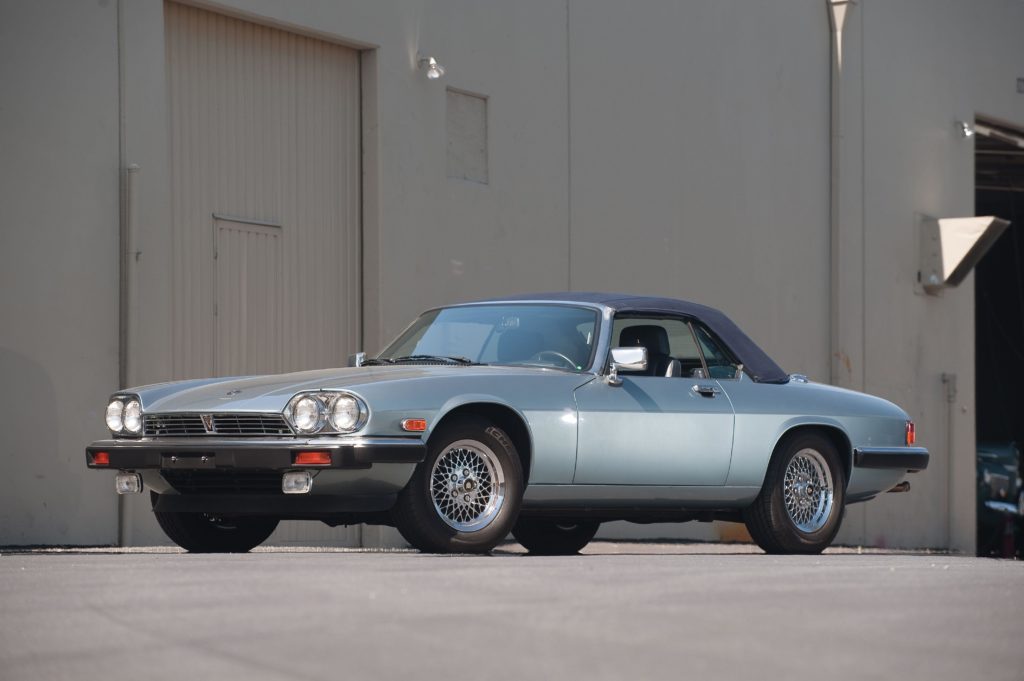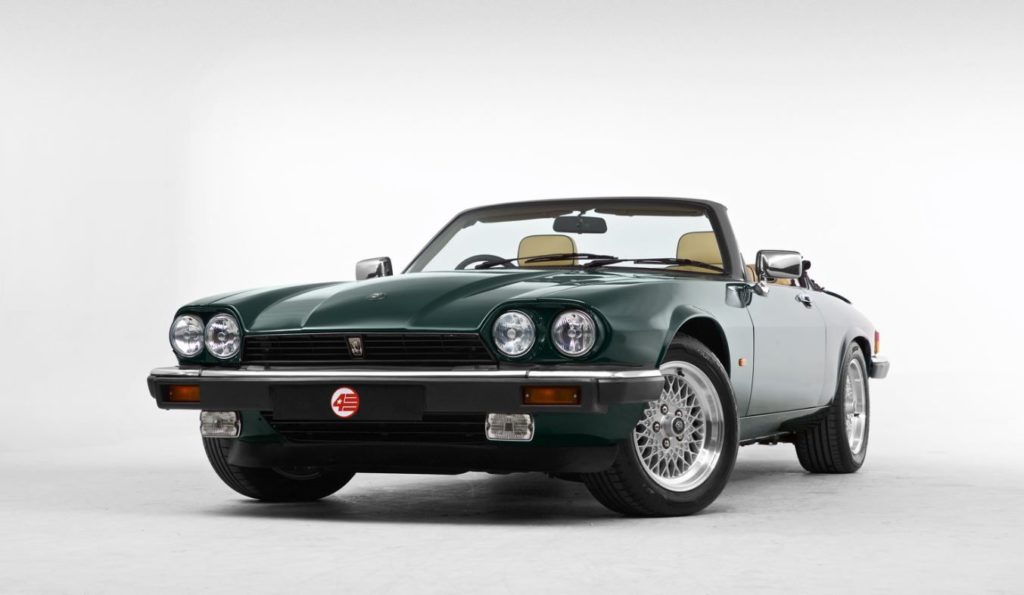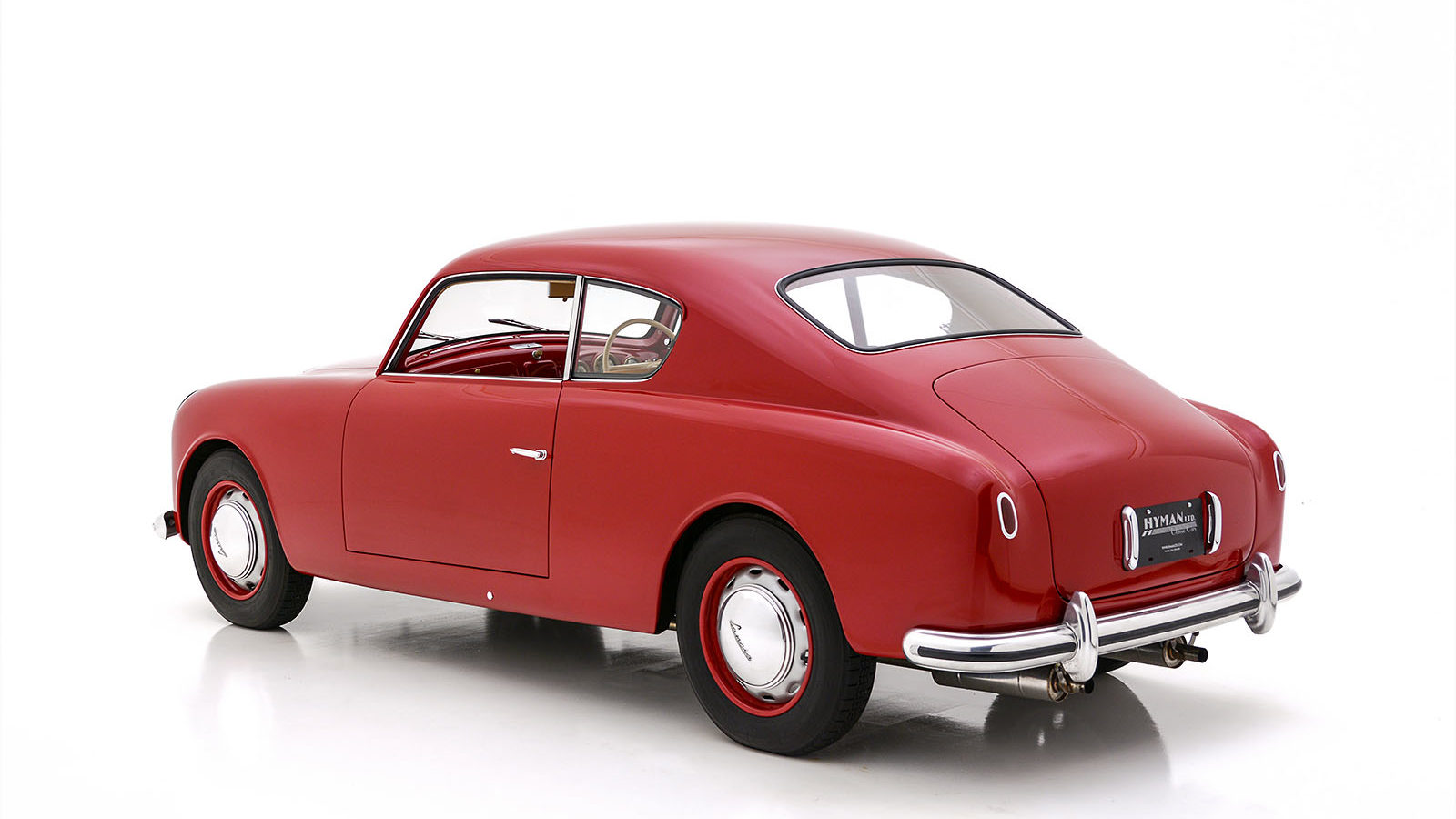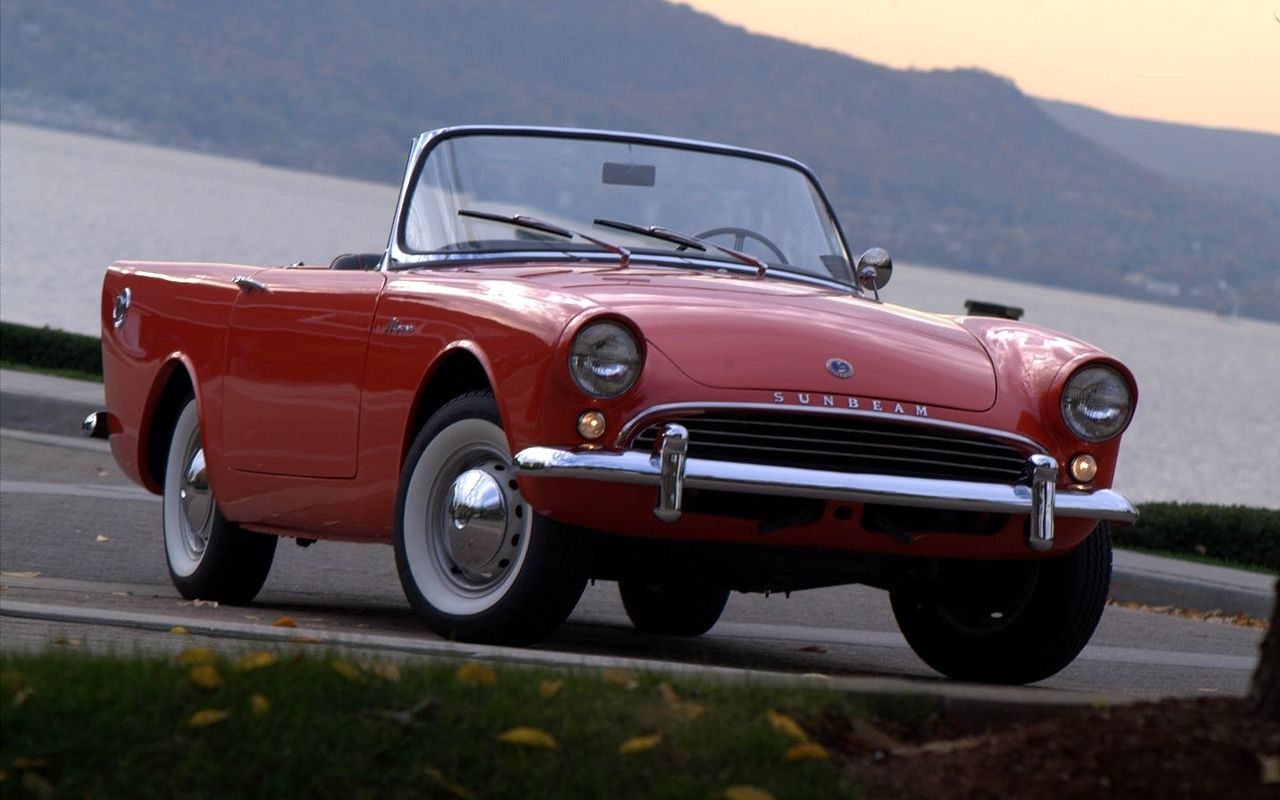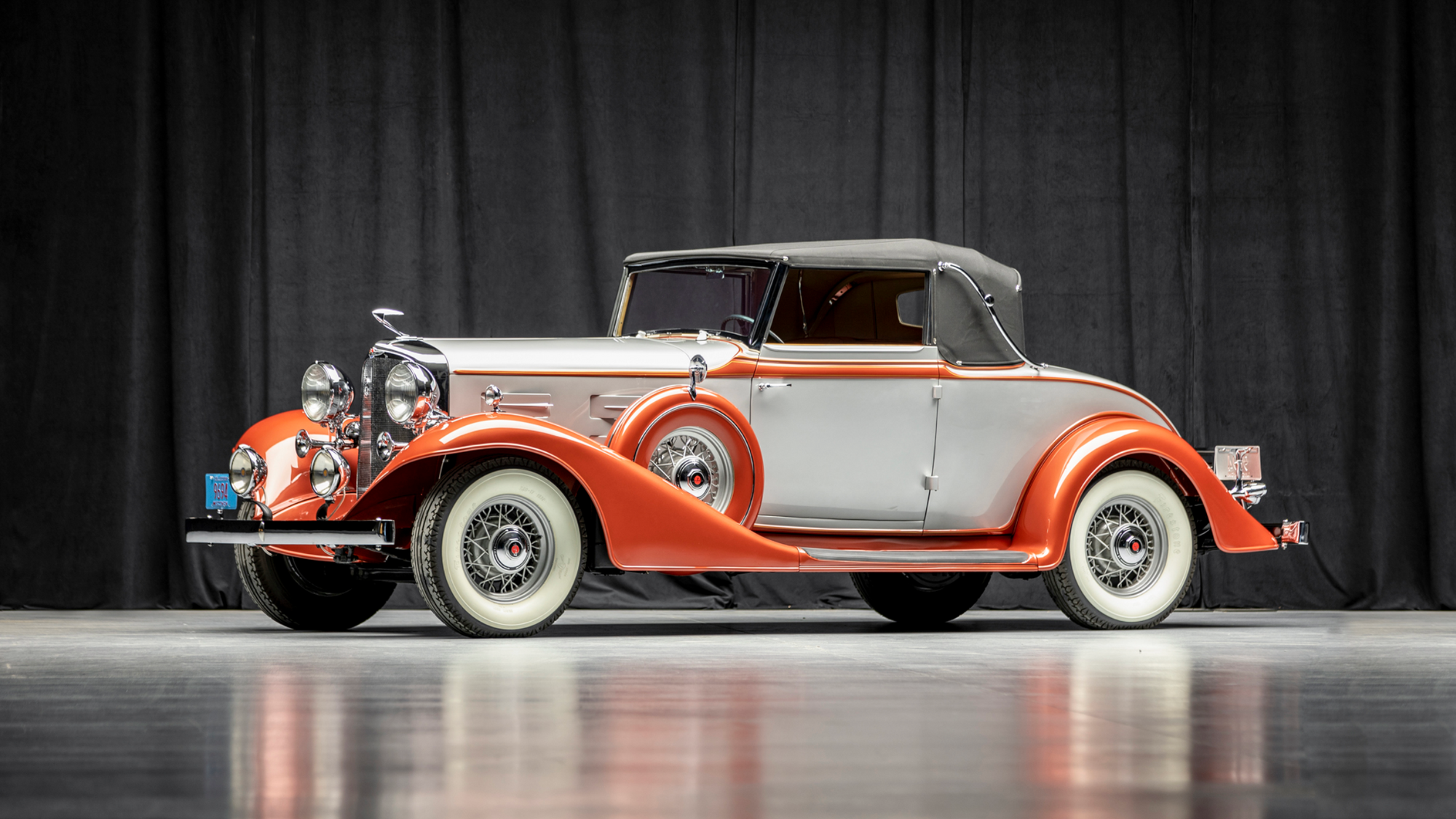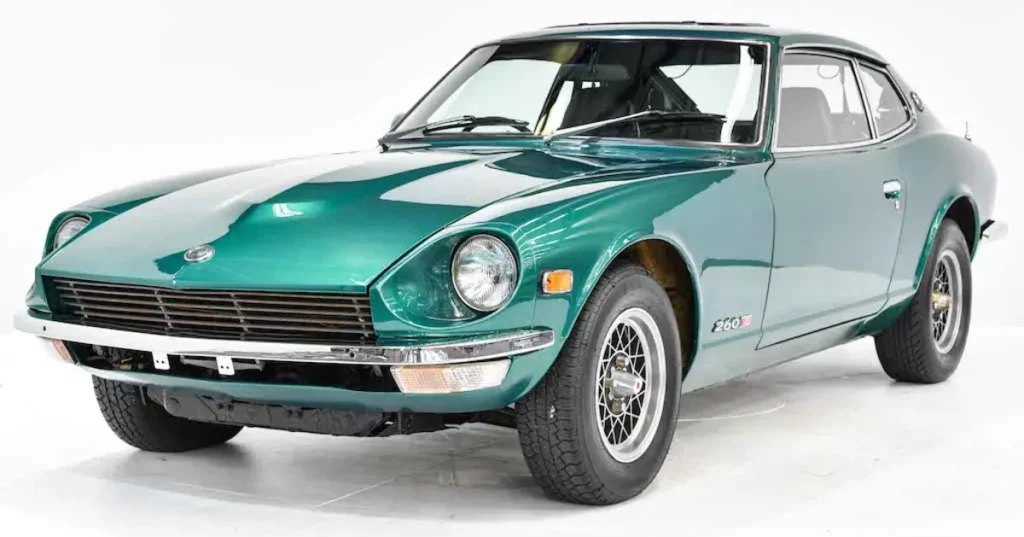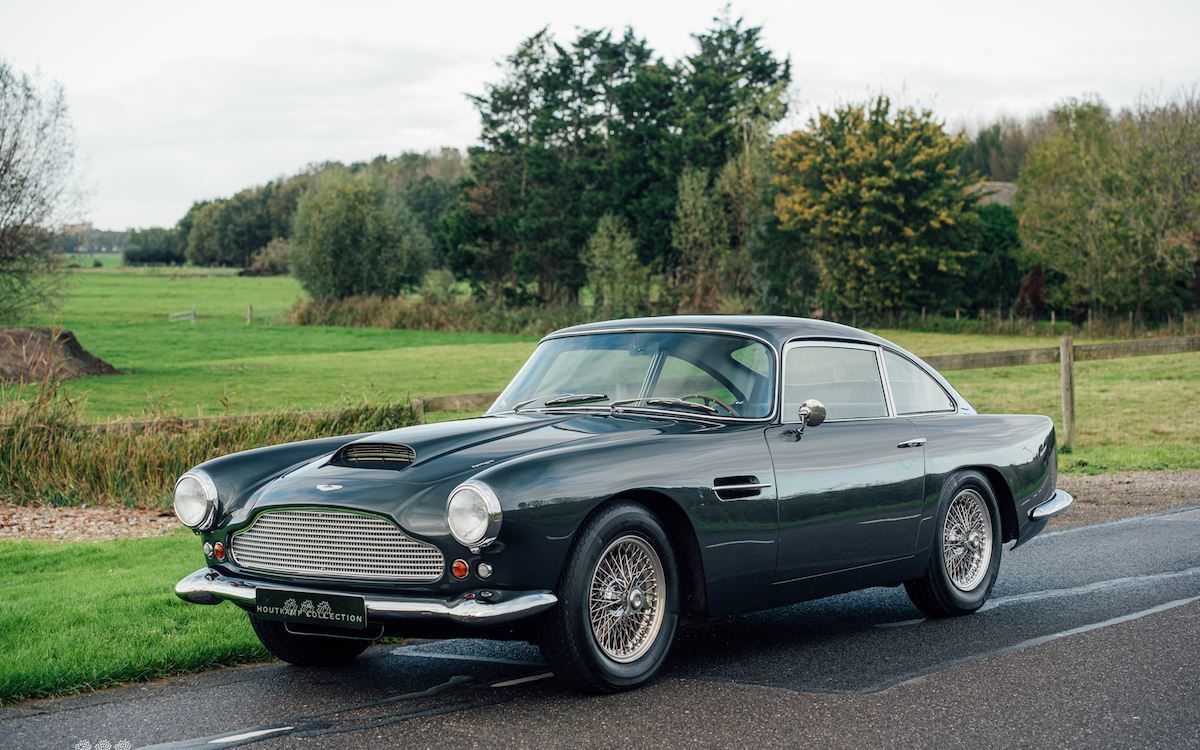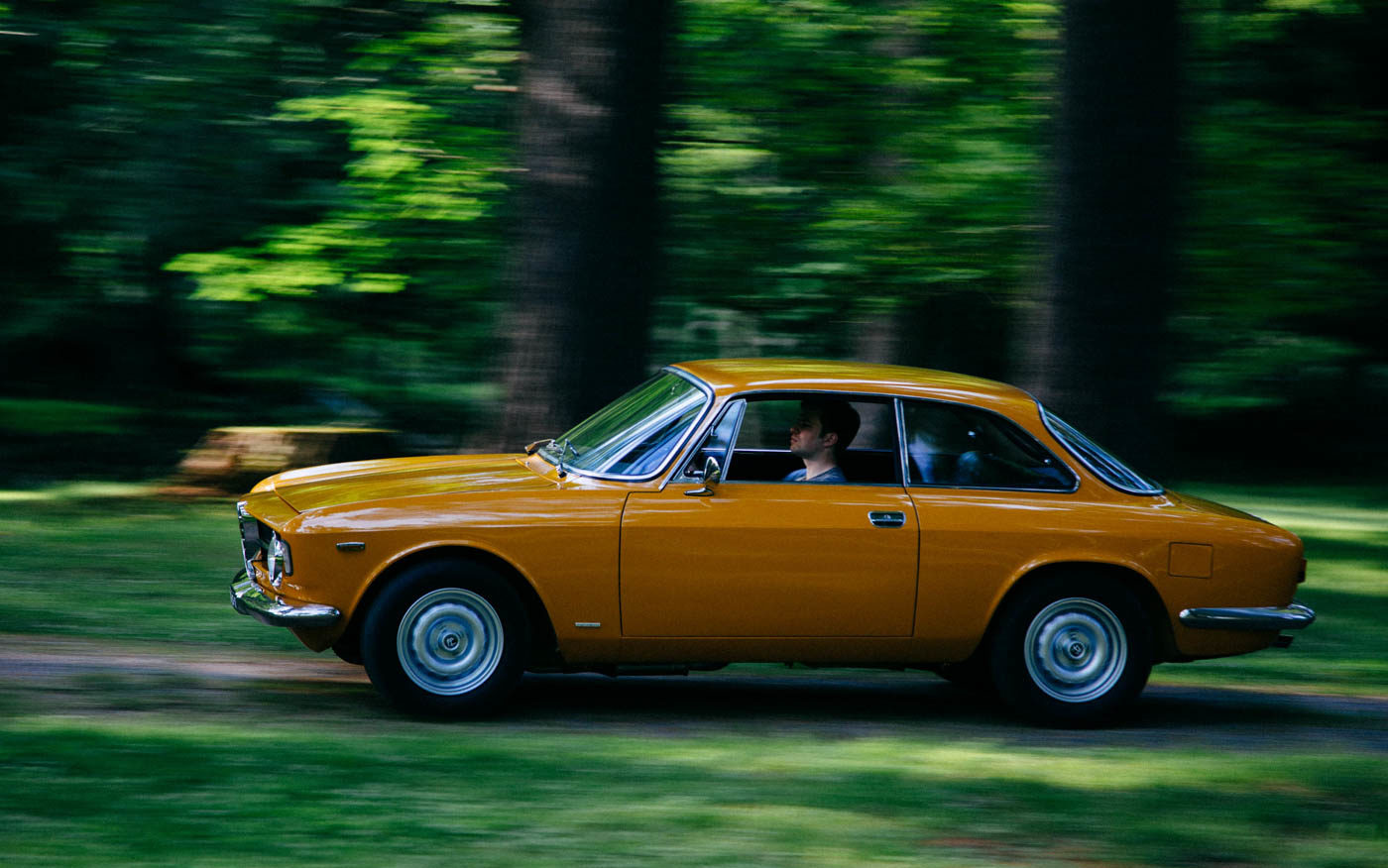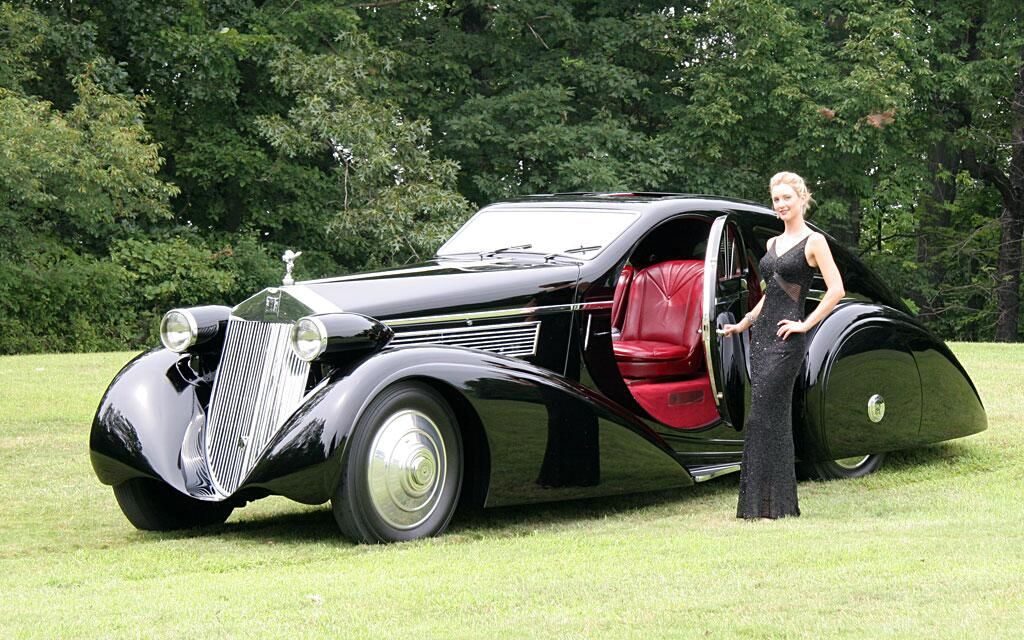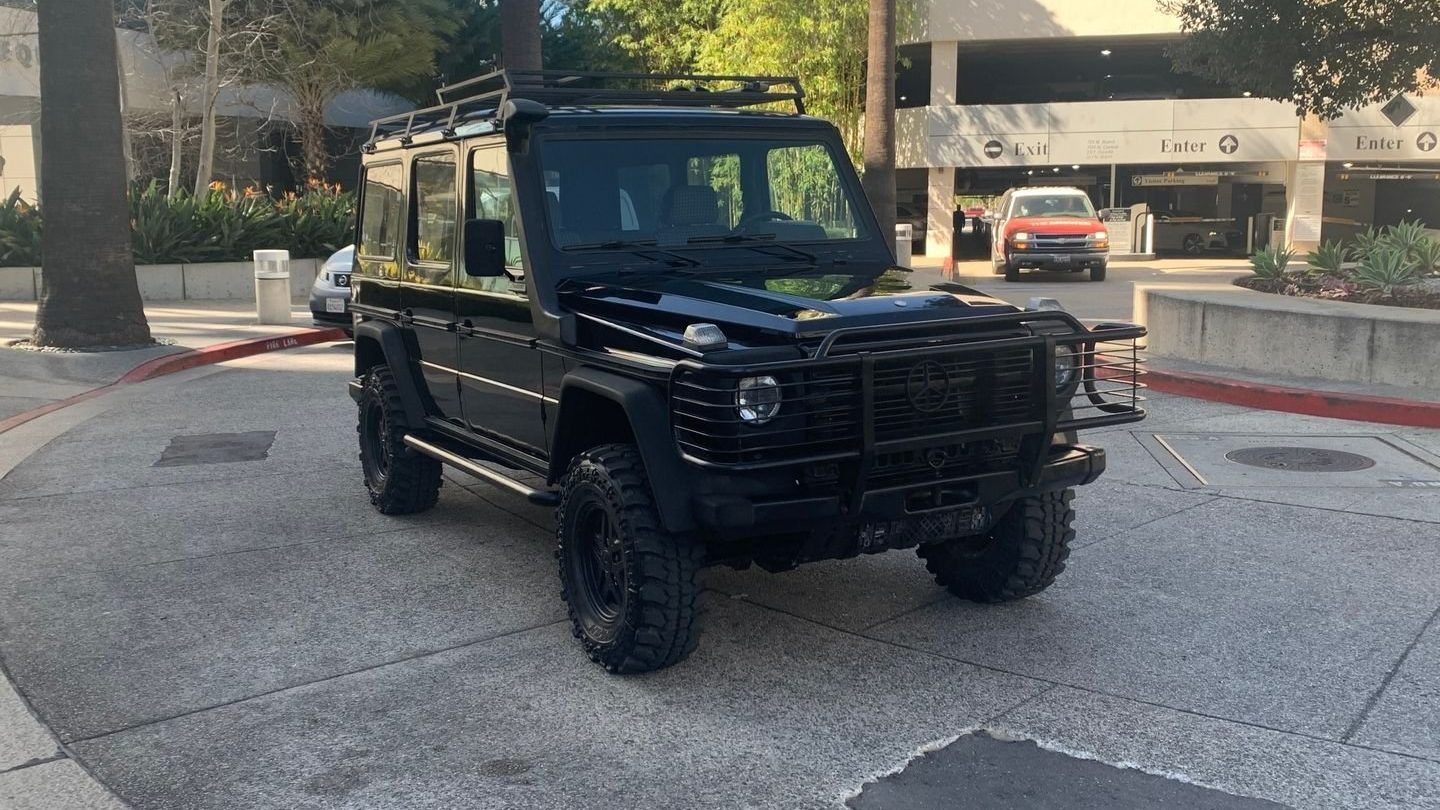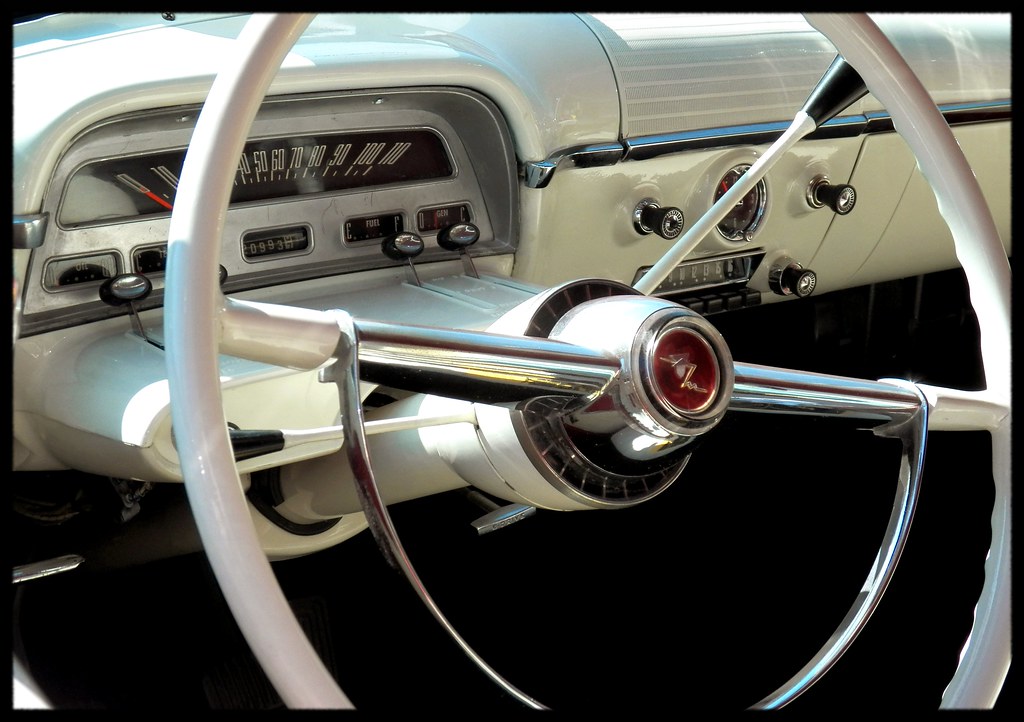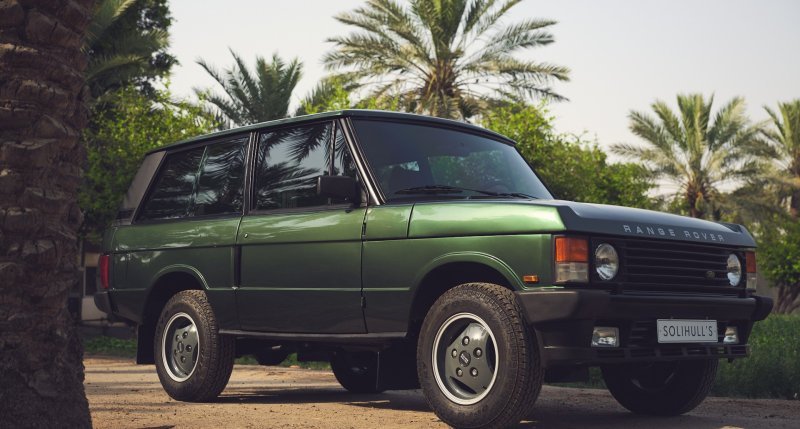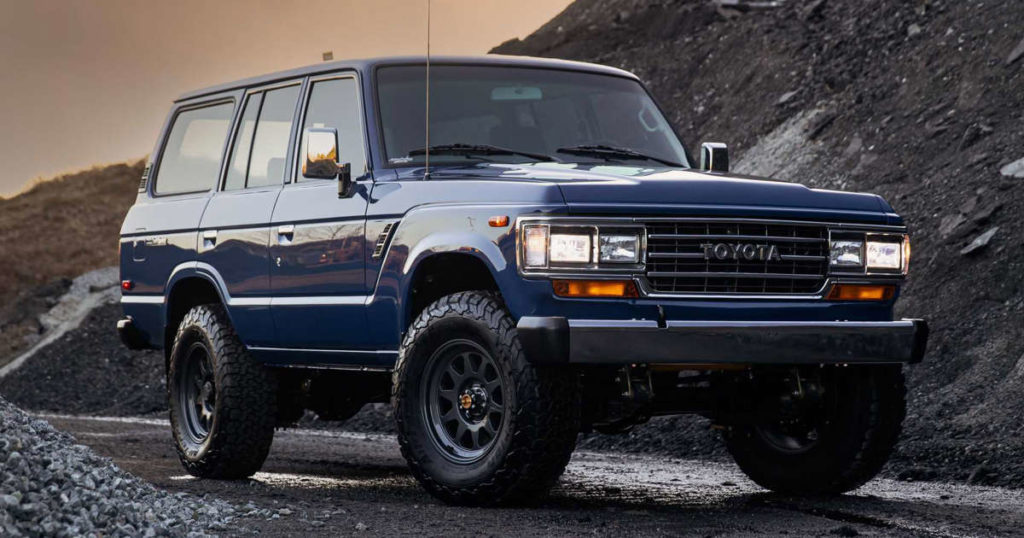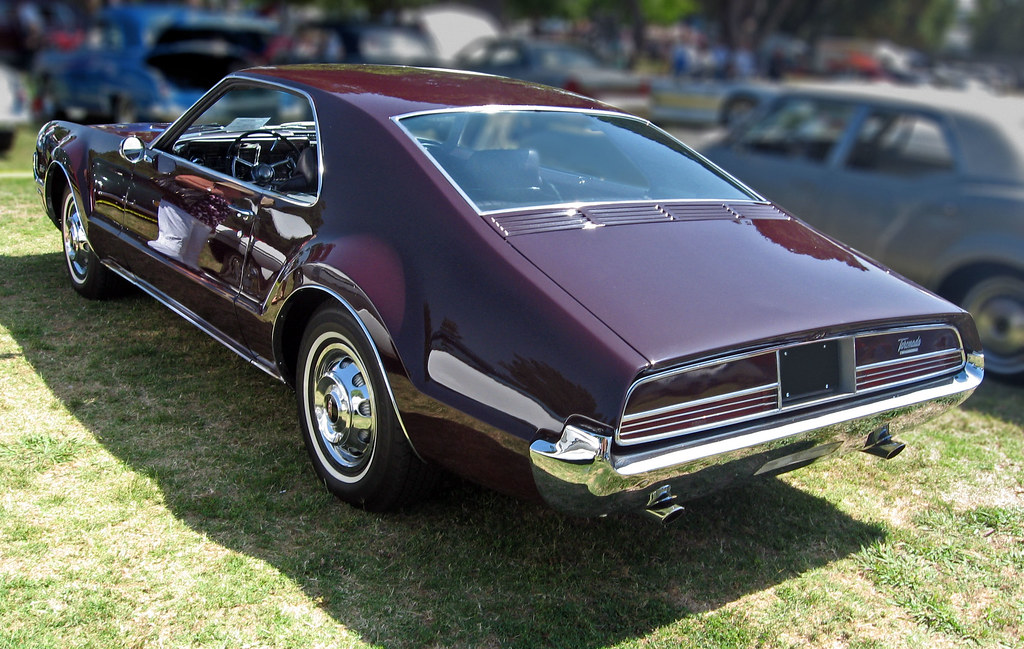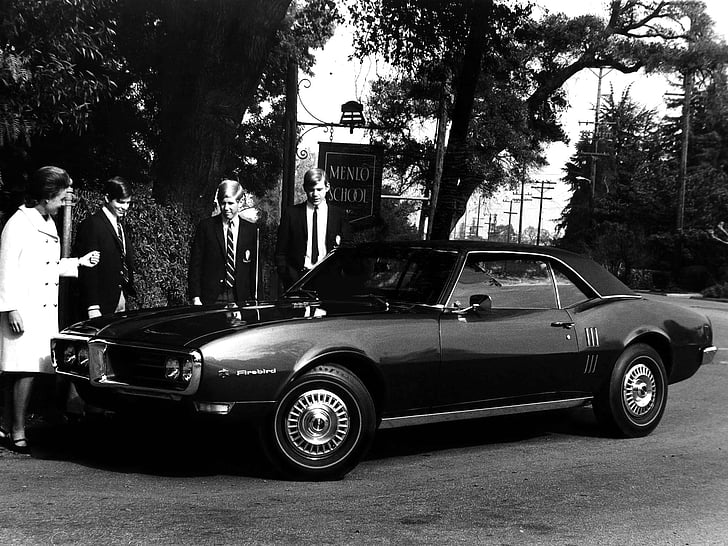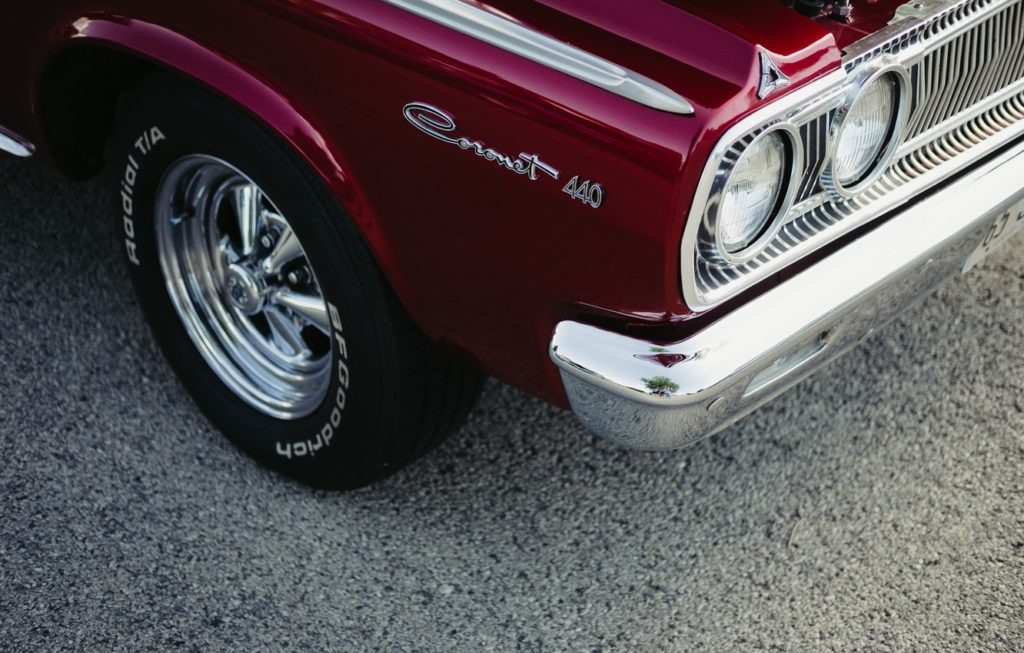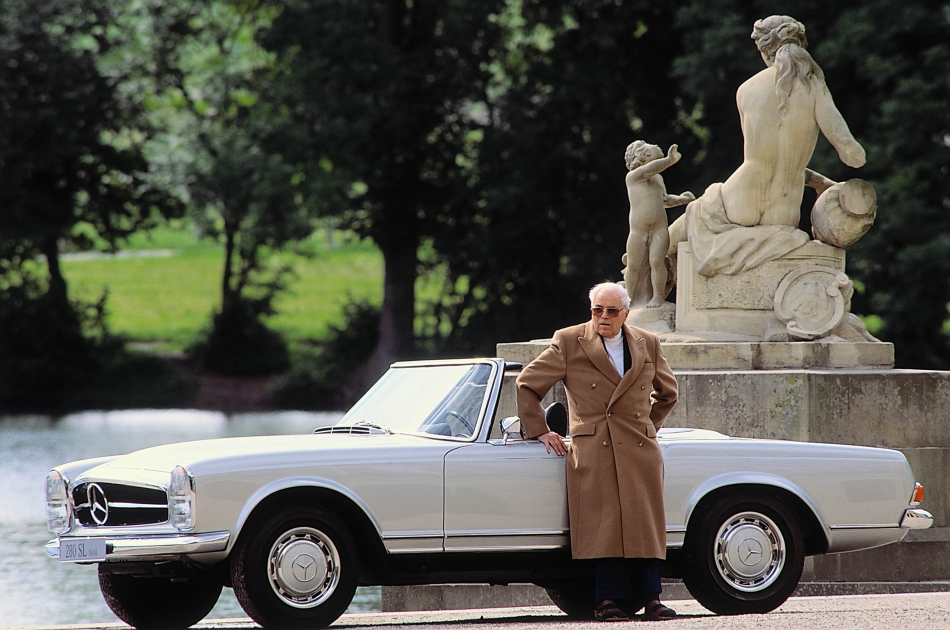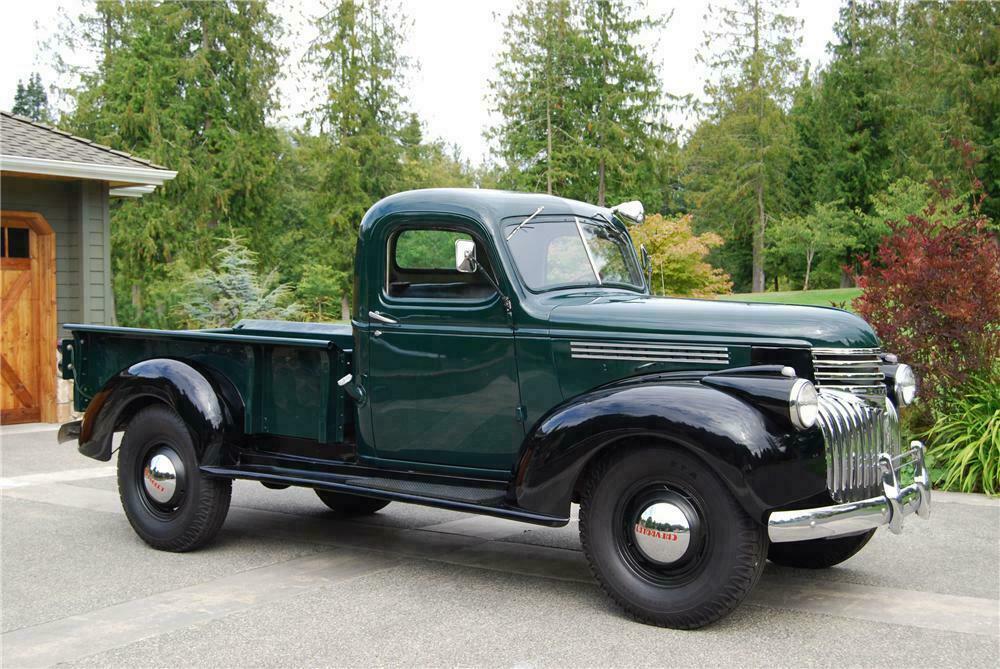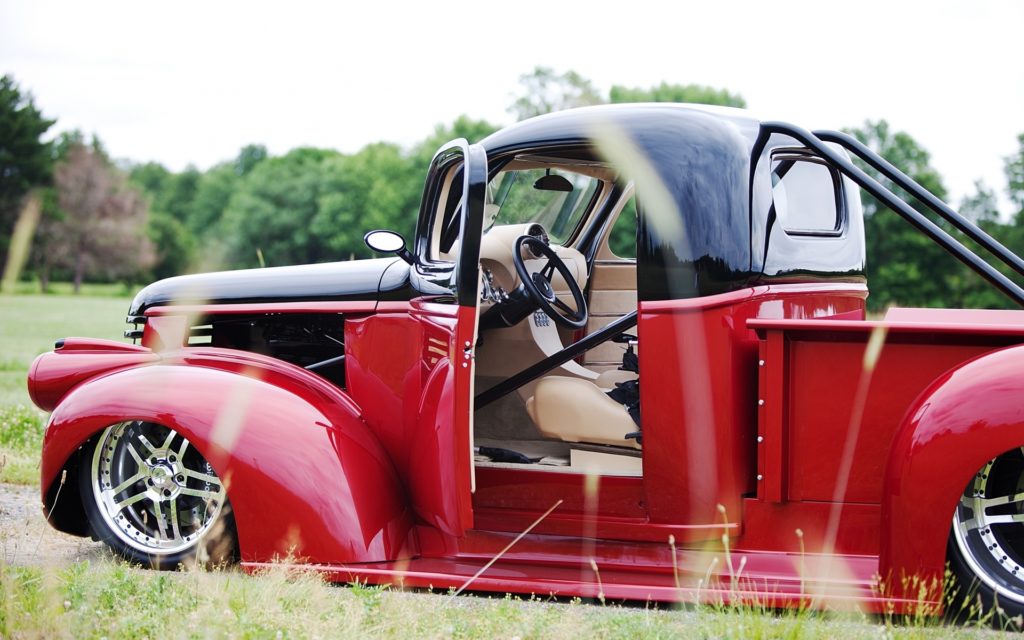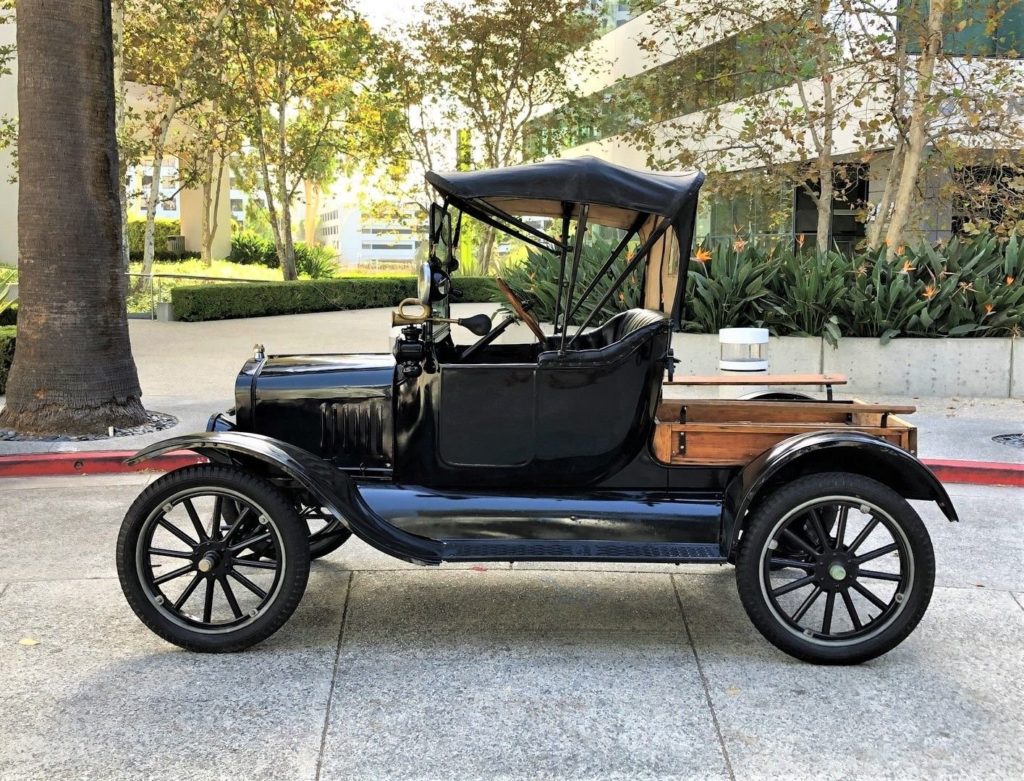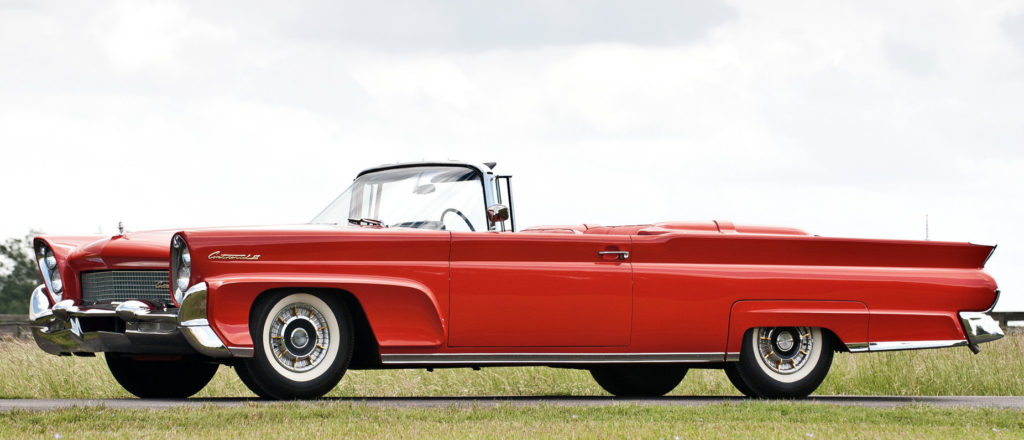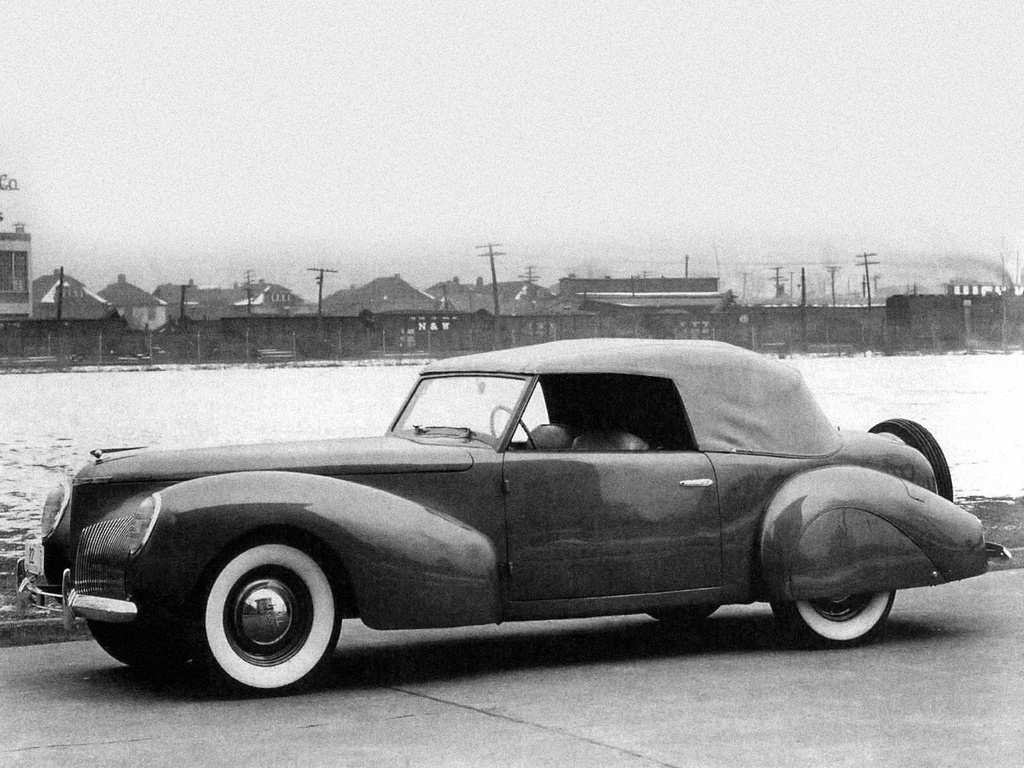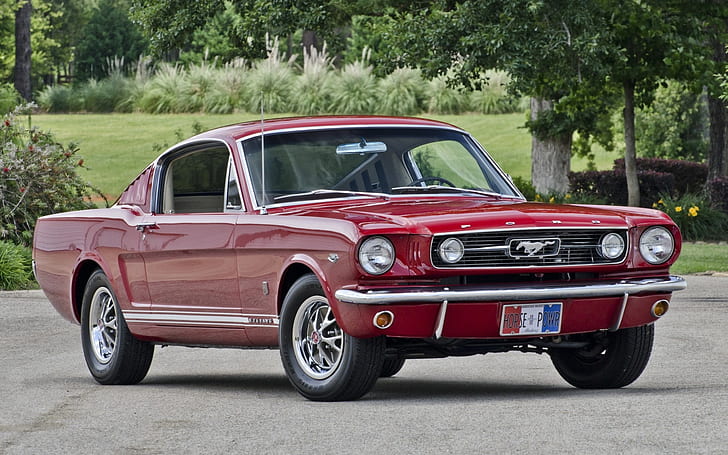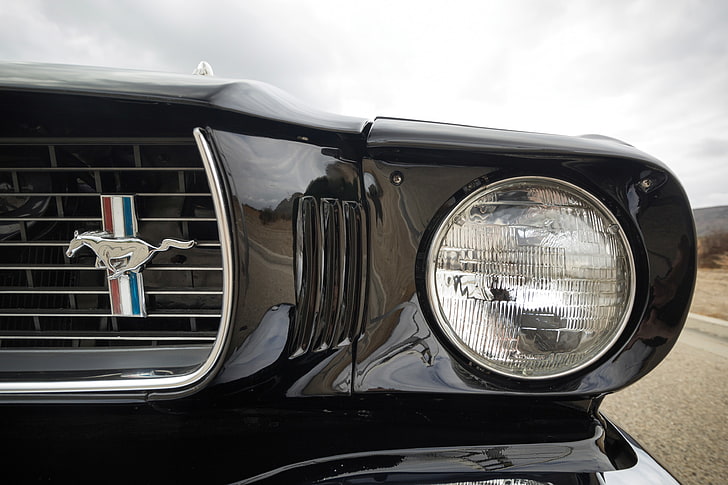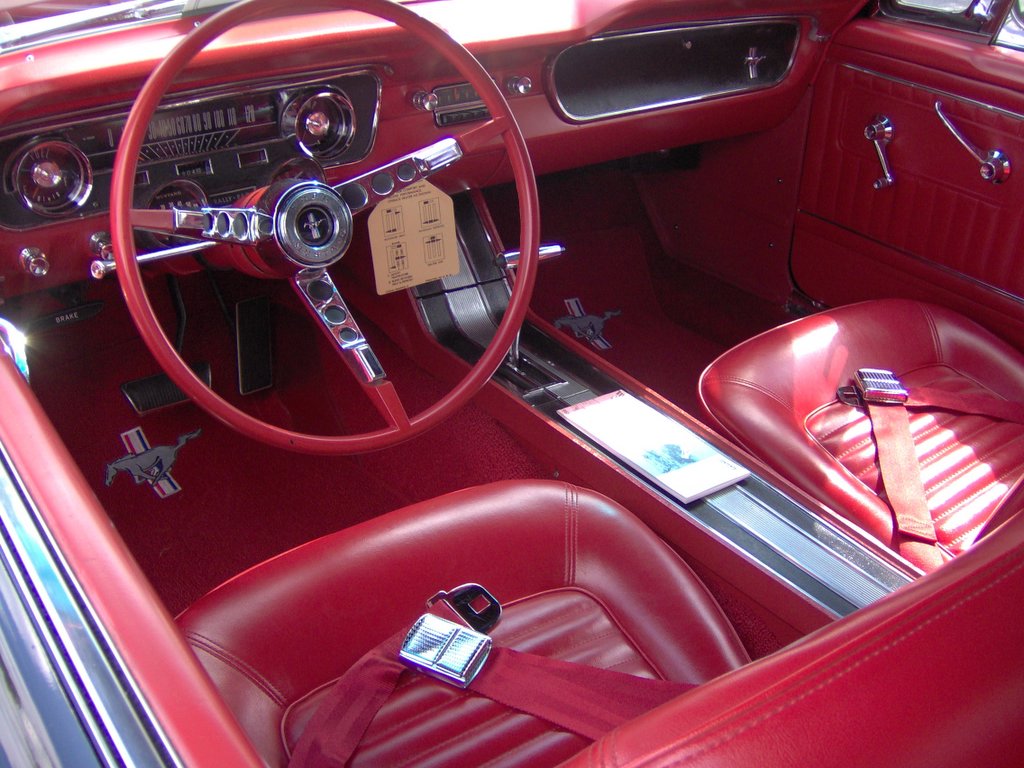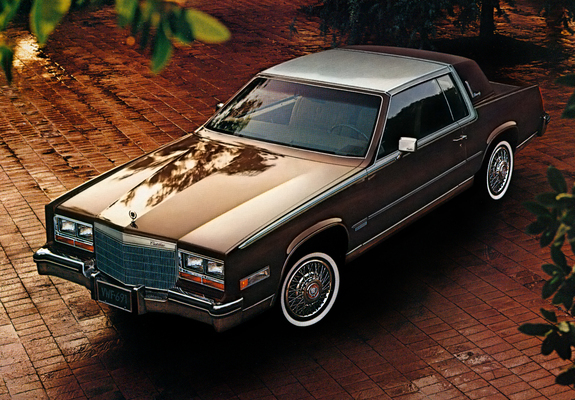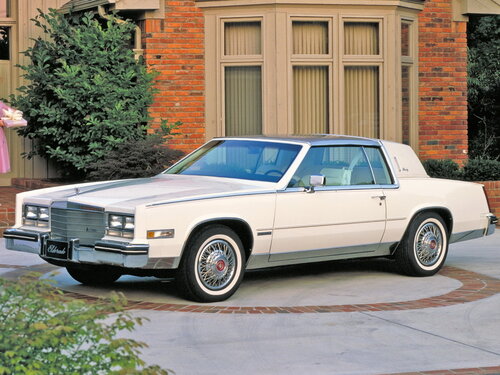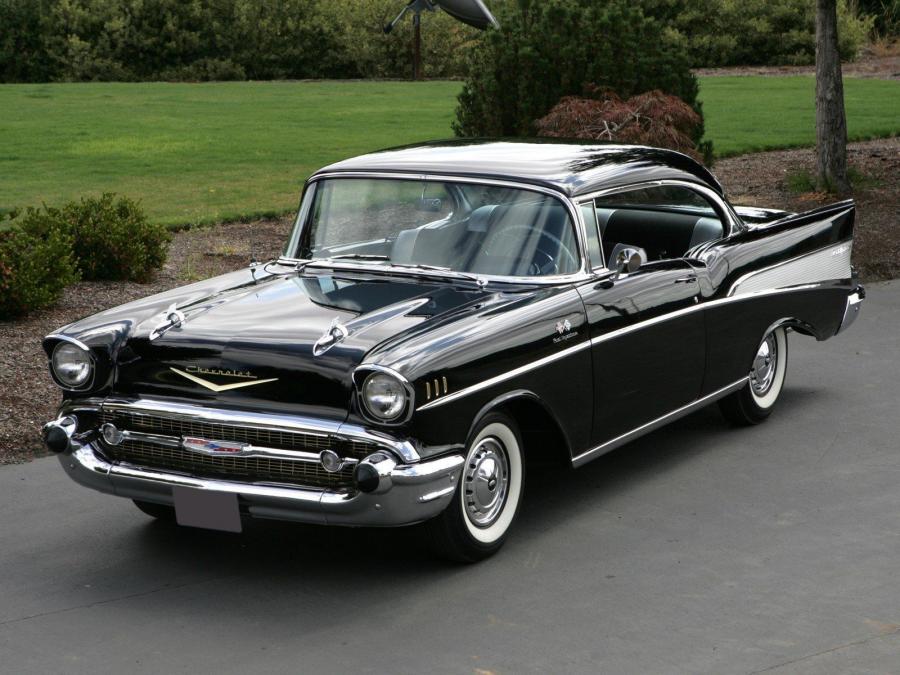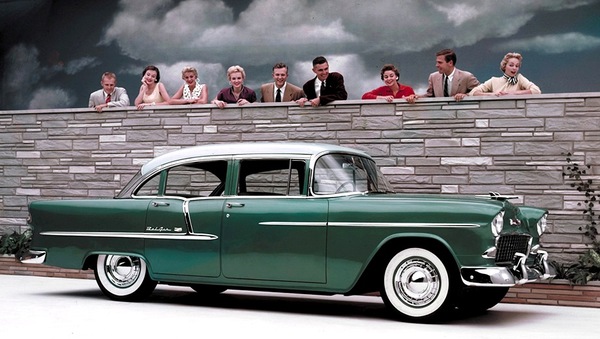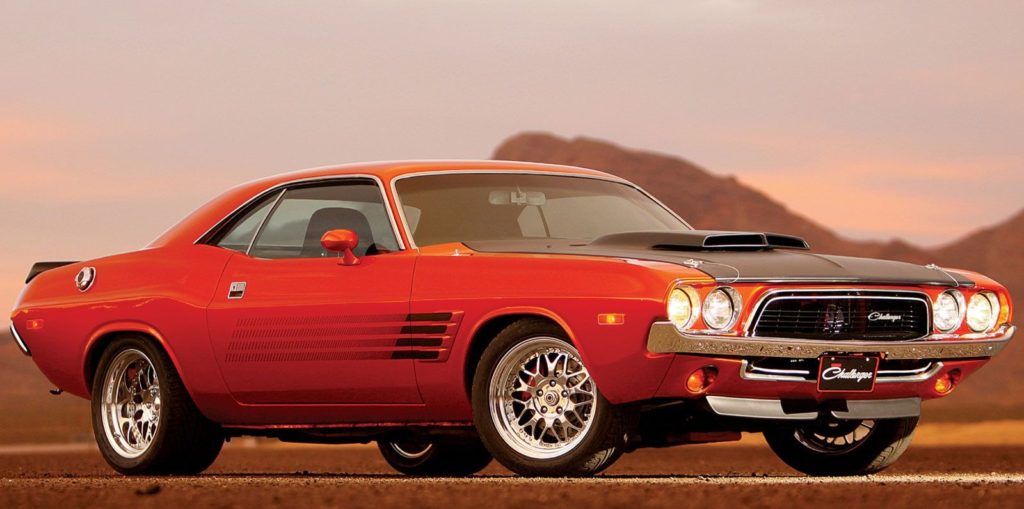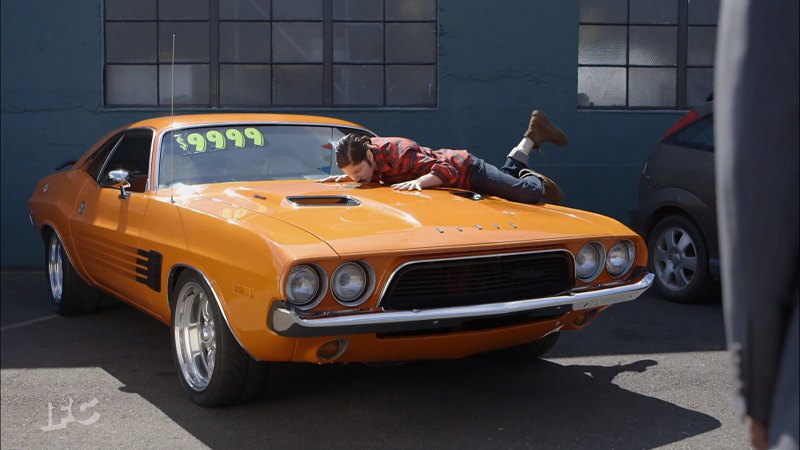In 1937, the Mercedes-Benz 320 (W 142) made its debut, replacing the aging 290 models. Despite the prevailing dark and gloomy times, this “impeccable German” automobile managed to evoke feelings of brightness and joy.
Source: Bonhams
During the mid-1930s, the Mercedes-Benz 320 was not the most expensive vehicle in the lineup, but it was not cheap either. The vehicle boasted an impressive amount of steel, chrome, exquisite woodwork, and luxurious leather. It even featured two spare tires, showcasing the manufacturer’s attention to detail and commitment to quality. The brand spared no expense when it came to materials, opting for natural and high-quality components rather than using synthetic or inexpensive alternatives. Every aspect of the vehicle was meticulously crafted on a grand scale, leaving no detail overlooked.
The origins
Source: Pinterest
In 1937, Mercedes-Benz introduced the 320 Cabriolet B as a successor to the aging 290 models, signifying a pivotal moment in the brand’s history by seamlessly integrating groundbreaking design with opulent comfort. Collaborating talents included prominent designers like Friedrich Geiger and Hermann Ahrens. Nestled under the elegant hood of the 320 Cabriolet B rested a robust inline 6-cylinder engine, a testament to engineering excellence. This powerhouse churned out a substantial 78 horsepower and delivered an approximate torque of 142 lb-ft, ensuring an invigorating and dynamic driving experience. In the subsequent years, the 320 Cabriolet B bore witness to the fluid evolution of the automotive sector. As the world prepared for the upheaval of World War II, production temporarily ceased for Cabriolet B. Nonetheless, its legacy remained steadfast, etching an unforgettable imprint in the minds of car aficionados.
Post-war, in 1945, as Europe emerged from the shadows of conflict, the model resurged on the roads, embodying resilience and hope. The impeccable artistry of the vehicle captivated discerning purchasers in pursuit of a harmonious fusion of luxury and performance. Spanning the 1950s and beyond, the 320 Cabriolet B continued to captivate automobile enthusiasts with its enduring design and refined aesthetics. Its allure soared, not only for its mechanical prowess but also for the prestige intrinsic to the brand. Parallel to the progression of the automotive panorama, the model evolved. Technological strides precipitated enhancements in performance and safety, ensuring that this timeless beauty remained pertinent in an ever-fluctuating world. Today, this legend stands as a venerated emblem of automotive heritage, revered by collectors and enthusiasts worldwide. Its graceful contours, intricate craftsmanship, and lasting allure render it a coveted gem, cherished for its undying and ageless charisma.
The 1941 model year
Source: Bilweb Auctions
The 1941 iteration emerged as a compelling fusion of technological prowess, exquisite interior comfort, and striking exterior design. Beneath its elegant contours was an impressive powertrain, boasting a robust inline-six engine that delivers an impressive 78 horsepower and 142 lb-ft of torque. This formidable engine propelled the vehicle with remarkable authority, ensuring a dynamic and engaging driving experience.
In addition to the powerful engine, its opulence took center stage. Sumptuous leather upholstery wrapped around the seats, offering a tactile experience that exemplified luxury. The ergonomic placement of controls and gauges, thoughtfully integrated into the dashboard, ensured that essential information and functionality were effortlessly at the driver’s fingertips. This meticulous arrangement fostered a harmonious blend of practicality and aesthetic appeal.
The exterior of the 1941 edition was a testament to meticulous design. The vehicle’s sweeping lines and well-proportioned silhouette exuded timeless elegance, capturing the attention of onlookers. The distinct front grille, adorned with the iconic Mercedes emblem, not only signifies the brand’s legacy but also contributes to the vehicle’s aerodynamic efficiency. The precisely crafted headlights, in conjunction with the subtly flared fenders, embodied a harmonious balance between classic aesthetics and innovative engineering.
Compared to its predecessors, the 1941 edition brought forth several noteworthy enhancements. The powertrain had undergone refinements to optimize both power delivery and fuel efficiency, ensuring that performance was not compromised.
In essence, the 1941 version stood as a testament to the brand’s commitment to innovation and luxury. With its robust powerplant, lavish interior appointments, and timeless exterior design, it continues to captivate automotive aficionados and enthusiasts who appreciate the harmonious marriage of technology, craftsmanship, and design excellence.
Did you know?

Source: Pre-War Car
The 1941 edition of the model is a rare gem, distinguished by its scarcity resulting from the tumultuous backdrop of World War II. As the conflict consumed resources and attention, the production of luxury vehicles like the Cabriolet B became a rarity, making it a fascinating testament to the juxtaposition of elegance and historical circumstances during that era.
Contact us if you have this or another classic car to sell.


